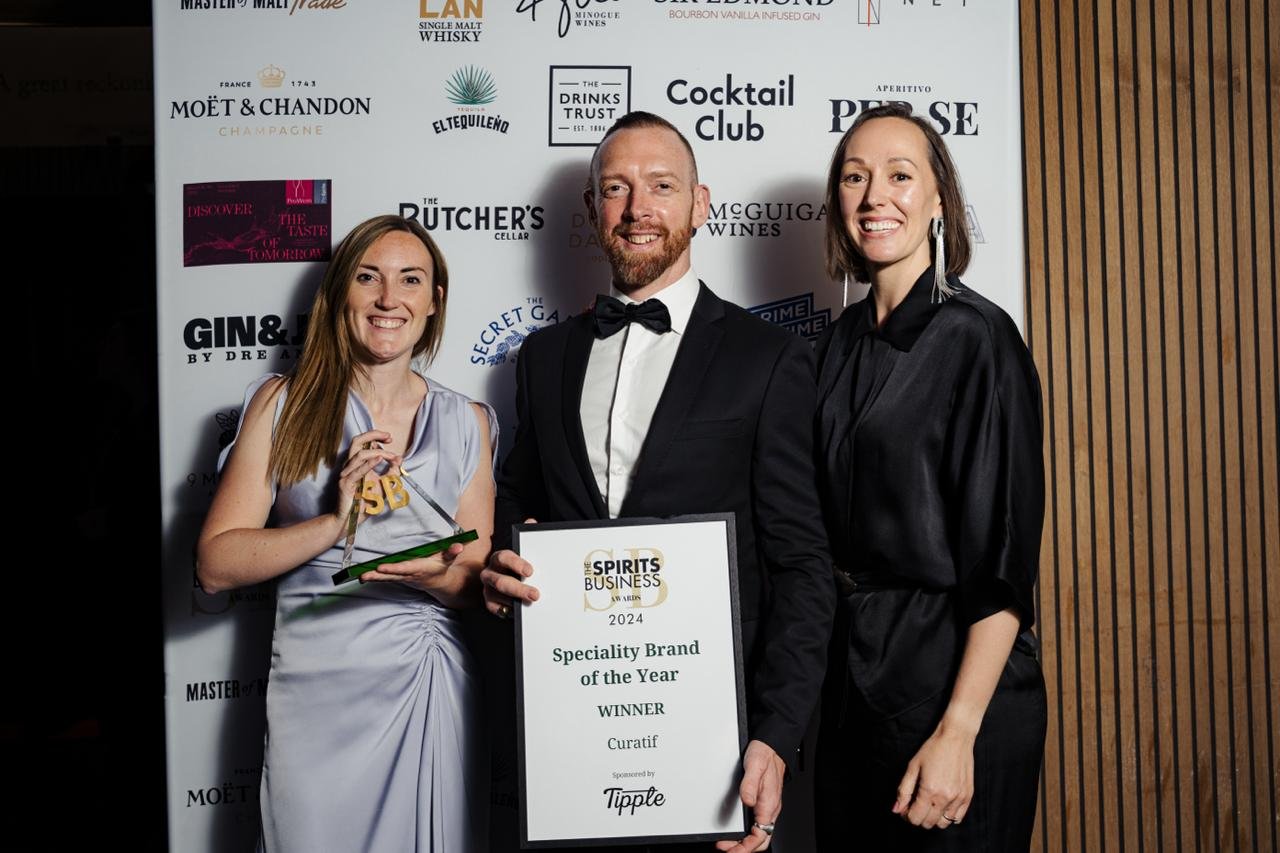Treasury Wine Estates CEO Michael Clarke has revealed he is conducting a strategic review of the company’s commercial wine business before his impending retirement.
Clarke, who will step down during the second half of the year, is working with his successor, Tim Ford, to revise the company’s internal operating model.
TWE announced its interim 2020 financial result on Wednesday, with net profit after tax up 5% to $229.2million. However, company had previously forecast a 15% uplift in profits.
The company flagged one of the main issues being that commercial wine volumes declined 10% globally versus the previous corresponding period, “impacted by suppliers increasingly moving product through private label, most notably in the US and Australia”.
“We recognise that there are several longer-term trends within the commercial tier that are becoming more prevalent and are increasingly impacting both the markets we operate in and our business, and therefore, we will require a refined approach to moving forward,” Clarke said.
He said the trends include continued increases in commercial COGS [cost of goods sold] globally as well as strong growth in private label in the United States, Australia and the UK.
“And rather than just seeing these as long-term negatives, we believe these trends are actually an opportunity for us to accelerate our premiumisation strategy, both through the investment we are making in luxury production, but importantly, also through further changes to drive simplification focus as well as ensuring that we have the right capital and cost structure for the whole business across all price tiers,” Clarke explained.
The review is expected to be completed in the second half of FY20 and further details will be announced no later than the FY20 full-year results.
“We need a separate focus on luxury, and a separate focus on commercial,” Clarke said.
“We do know the answers. We’re going to move quickly on this”.
TWE demerger ruled out
Clarke ruled out a demerger of the commercial arm of the business, but said the company would be moving towards a “smaller, very profitable commercial business” to support its growing luxury business.
“We’ll be exploring a range of options, including refined supply chain structures and operating models, and this would include options such as internal divisionalisation, but not demerger,” he said.
“We have considerably improved the profitability of our commercial wine business over the last six years by right-sizing it and also removing costs and outsourcing supply to third-party suppliers.”
The next step was to address “how we manage this part of our business differently so that it continues to support, not drag our premiumisation strategy”.
Ford (above) added: “As we have said many times previously, we will not chase low or no margin commercial volume for the sake of volume growth, but focus our efforts on premiumisation. However, we also recognise the need to ensure a better balance than we have achieved in this half between value and volume of the commercial portfolio through disciplined optimisation of our commercial investment dollars.”
Clarke said climate issues would also impact on decisions the company made about the future of its commercial wine business.
“Given the heat spikes and given what we think the volumes are going to be in the market with regard to the commercial vintage, there is a likelihood that commercial wine from Australia will continue to have higher COGS,” he said. “And clearly, we’re factoring that into how we’re looking at how we’ll run the commercial wine business differently.”
Fighting the private label war
In the US, the trade war with China has meant that large amounts of wine from US producers that were destined for China are now staying in their home market.
A bigger than expected 2019 Californian vintage also prompted large wine producers to suddenly switch to private label products and offer “exclusive” labels to retail chains, with TWE noting the market “leaped on the better profits they can make from those brands”.
However, Ford said the company was being "sensible" when it came to lower-margin commercial volume opportunities.
“We walked away from just under 0.5 million cases of commercial volume in the US due to private label growth, aggressive pricing and our higher COGS,” he said.
The Americas reported a 17% decline in EBITS to $98.3million, while the winemaker is experiencing challenges with its current vintage.
TWE noted that suppliers are trying to move surplus wine across the market at lower prices, resulting in an accelerated growth of private label, which is up approximately 15% in a market that is flat to down.
“Controversial” view on US situation
Clarke (below) offered what he described as a "controversial" view that those running TWE before he, COO Tim Ford and CFO Matt Young took charge had not “rolled their sleeves up” and solved the issues the company faced in the US.
“The reality is, we’re in charge of running this business, delivering value for shareholders, and we inherit this business the way it is,” he said.
“And we have, I think, focused on how we optimise that business over the last six years and how we want to optimise the business as we go forward without destroying shareholder value. We have hit a speed bump this year and we are going to address that.”
Clarke said large market players moving commercial quality product as exclusives and private label propositions had driven an accelerated structural shift and phenomenal growth in private label “despite the broad market declines we are witnessing across commercial price points”.
“In order to try and maintain market share, we have invested in promotional support, but this has come at a high cost and has limited our ability to offset the COGS pressures,” he said.
Ben Dollard was appointed as the new President of the Americas in December. He replaced Angus McPherson, who was appointed to the role in August 2019, but was unable to take up the position due to personal reasons.
Ford said: “Our new President for the US region hit the ground running early in January, and I’m very confident that under his leadership, with the broader Americas leadership team we have in place, we’ll regain momentum as we move into the second half, but particularly into F ’21 and F ’22. We maintain our medium EBITS margin target of 25% for this region based on this”.

Veteran analyst David Errington asked how long the company will persist with its loss-making love affair with the US.
“I’ve covered Treasury probably in different shapes and forms for over 25 years,” he said. “And I have never seen this business succeed in the United States, in terms of one, being able to generate an acceptable return, justifying the method, the amount of money, the amount of man hours that you put into this business. And I’ve been skinned and the company has been skinned on setbacks, downgrades, excess inventory, market corrections, you name it.”
Ford replied that he felt there was strong potential in the luxury and masstige sector in the US.
“The US market is a significant opportunity to grow our Penfolds portfolio from not only Australia but also from the US and from Napa as we’ve talked about [products we’ve] produced,” he said.
“That is an important growth platform for our business in the US."
Clarke added: “Our performance across luxury/masstige has been strong and had depletions growth of 10% and 5%, respectively, in the half. And we are outperforming the market at these price points.
“Our strategy of premiumisation, complemented by growing distribution and availability of our focused brands through our optimised route-to-market is the right one and supports our confidence that we will regain momentum under a new regional leadership team once the market impacts subside.”
Share the content










